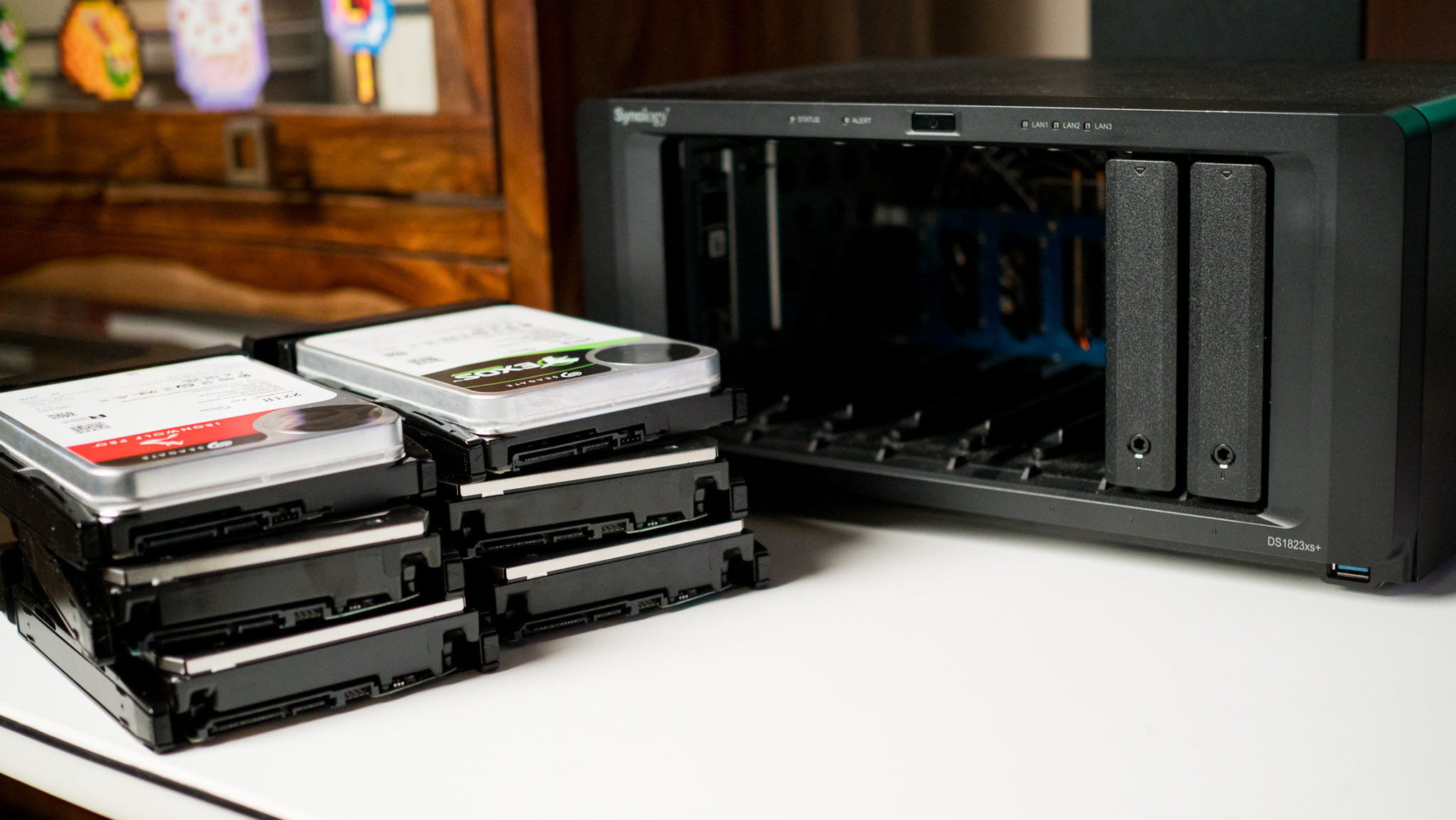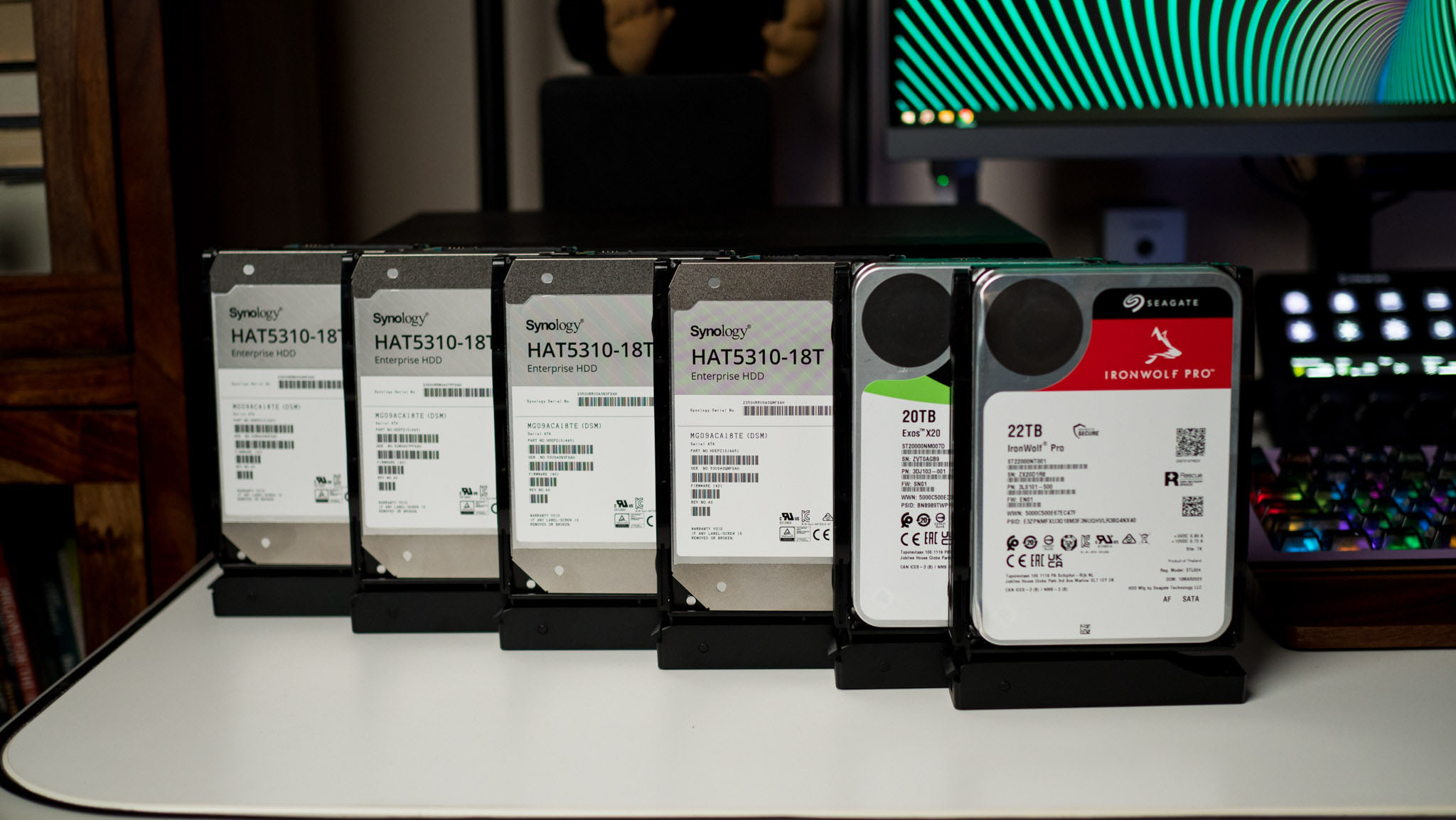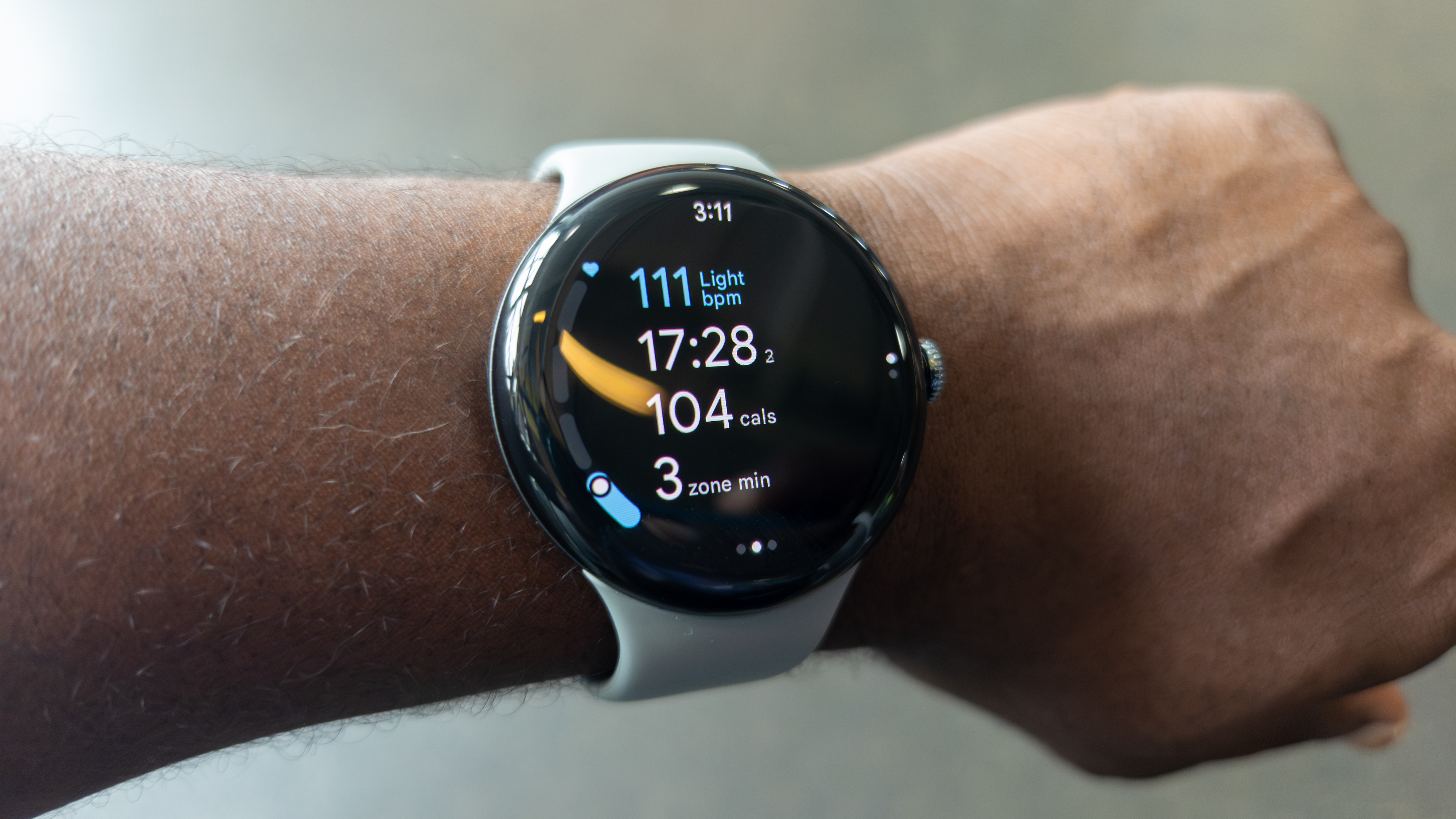The 3-2-1 backup rule is broken — here's how I safeguard my data
There's an exhaustive list of options available to back up your data.

The 3-2-1 backup rule has been around for over two decades, and it states that you need to store three copies of your data across two different kinds of media, and one at an offsite location. While this strategy made a lot of sense when it was introduced, data usage has changed considerably over the last two decades; these days, it's incredibly easy to put your data on a public cloud service and have it accessible from anywhere.

In Hardwired, AC Senior Editor Harish Jonnalagadda delves into all things hardware, including phones, storage servers, and routers.
The downside to relying on public cloud providers is privacy — you don't have much say where your data is stored. So when I was strategizing on how to back up my data, I came up with a modified version of the 3-2-1 rule that made the most amount of sense for my particular use case. I'll start by saying that I have outsized storage requirements that are definitely not the norm — I currently use over 300TB of storage.
Out of that 300TB, just over 100TB is the actual data; it consists of all the photos and videos that my wife and I have taken over the past decade, a sizeable music library, and our media collection. The primary storehouse of the data is a DiskStation DS1823xs+ with seven NAS HDDs, totaling 128TB of storage. I then back up the NAS to a DiskStation DS3622xs+, which has a dozen 12TB drives.
The third copy of this data is on an older DiskStation DS1019+; this was my primary home NAS until a few months ago, until I decided to switch to the DS1823xs+. As I was using brand-new HDDs in the DS1823xs+, I just left the DS1019+ and its data intact; I intend to move it to my parents house in a few weeks, and it will serve as the default offsite backup.
The missing piece of the puzzle is a cloud backup solution; I used Google Workspace until the end of last year to back up all the data from the DS1019+ to the cloud, which was encrypted with Hyper Backup. This was possible as Google didn't enforce any data limits with Workspace accounts — making the $20 monthly fee the best deal in the world of backups — but that isn't the case now.

I still use Google Photos to back up photos taken from phones, but other than that and storing documents in Drive, I don't have much need of cloud storage. Even if I decided to back up all that data, it would be absurdly costly to do so.
Utilities like Tailscale make it extremely easy to access a NAS from anywhere, and with the sheer amount of data I have, it just doesn't make sense to back up to a cloud provider. Also, every time I consider storing data on a remote server, I'm reminded of this quote from Dune: "The power to destroy a thing is the absolute control over it."
Get the latest news from Android Central, your trusted companion in the world of Android
Technically, the 3-2-1 rule mentions you need to store data in two different media types, but that's unnecessary for my own needs, so I use mechanical hard drives throughout. Flash storage is still too costly, but I am considering picking up a quartet of 4TB WD Red NVMe drives and seeing how they hold up.
I know it's not feasible for everyone to store data in three different locations, but it makes sense to at least back up data to an external medium. This is one of the biggest selling points of a NAS, and the best home NAS servers make it easier than ever to store your data and media collection in a centralized location.
But if you don't want to go that route, I recommend an external SSD; the Crucial X9 Pro is the one I use the most, and the 4TB variant is going for as low as $259.

Harish Jonnalagadda is Android Central's Senior Editor overseeing mobile coverage. In his current role, he leads the site's coverage of Chinese phone brands, networking products, and AV gear. He has been testing phones for over a decade, and has extensive experience in mobile hardware and the global semiconductor industry. Contact him on Twitter at @chunkynerd.
You must confirm your public display name before commenting
Please logout and then login again, you will then be prompted to enter your display name.
